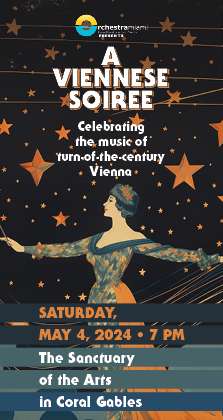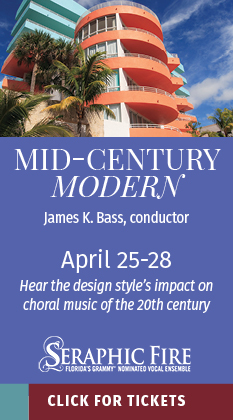Bizarro Handel plot mended by stylish staging, glorious singing
SANTA FE: Even by the bewildering standard of Handel’s opera narratives, the plot of Radamisto is, well, Baroque.
Tiridate, king of Armenia, is in love with Zenobia, the wife of Radamisto, his brother-in-law and enemy, and son of Farsamane, king of Thrace, whom Tiridate holds captive. Meanwhile Tiridate’s faithful wife Polissena is in agony over her husband’s harsh cruelty and inconstancy, and being courted by his general Tigrane who is secretly rebellious about Tiridate’s waging of war to achieve his adulterous ends.
Never mind. Preposterous as the storyline is, Radamisto offers 150 minutes of quite wonderful music, with several arias as indelible as those found in some of Handel’s better known stage works.
Radamisto helped to cement Handel’s reputation as an opera composer and was an instant success at its 1720 premiere. He later substantially revised the opera for a revival the following year and this tighter version is largely the text used for this Santa Fe Opera production.
Even with the bizarro plot, stilted action, and implausible motivations, with an exceptional cast led by the reigning countertenor of our day, David Daniels, the stylish, visually striking staging—a coproduction with English National Opera—serves as an object lesson in how to present a seemingly intractable Handel opera.
David Alden’s outré conceptual conceits can undermine the works he directs as much as enhance them. But his approach to Baroque opera, particularly, provides a model of how to make operas like Radamisto work for modern audiences.
Designer Gideon Davey served up a mix of attractive Middle European/Mediterranean costumes and an elegant scenic Minimalism, with curved panel walls, particularly the final tableau with a massive dragon head and tail. Alden treated the music and libretto with complete fidelity—no cheap colloquial surtitles here—while investing the acting with a hip, quirky wry postmodern irony. Polissena and Zenobia make entrances by being unrolled from carpets, Polissena’s repeated suicide threats are parodied, and while outwardly faithful to the plot, there are enough sly winks that we really shouldn’t be taking this very seriously.
But primarily the production serves as a star vehicle for David Daniels. What can one say about this singer that hasn’t been said? The voice has remarkable tonal beauty and agility, and his way of shading and floating a phrase, as with his tender Caro sposa, and a sensitively spacious Qual nave smarrita is the stuff of great artistry, and Daniels’ flashy coloratura arias are dispatched with little apparent effort.
Even more than with his charming Figaro, Luca Pisaroni commanded the stage as Tiridate. With his imposing presence, and twitchy, angular movements, the Italian bass-baritone clearly relished Tiridate’s silent-movie villainy, playing the unhinged character with just enough exaggeration while avoiding complete parody. For such a huge voice, Pisaroni wielded it with the greates finesse, getting around the fast tempos and technical hurdles with remarkable agility and even tone.
As well as displaying great abs, Deborah Domanski showed a burnished flexible mezzo as Zenobia, handling the brilliant passages as well as the legato with equal panache. As Tigrane Heidi Stober overacame her fat-suit Grocuho Marx getup, singing with poise and refinement in her two arias.
The character of Polissena was treated more satirically than was probably wise or necessary. While Laura Claycomb sang with precision and brilliance early on, the knockabout stage action with Pisaroni seemed to take its toll, for she sounded distinctly winded by the time she got to Barbaro, partiro. As Farsamane, Kevin Murphy’s vocal opportunities were few, but the young bass-baritone showed an admirable voice and got into the wacky spirit of the proceedings.
Harry Bicket, the go-to maestro for several leading opera houses, provided first rate musical direction adhering to Baroque period manners while providng expressive space for his singers. The orchestra responded with superbly energized playing with some spectacular trumpet work in the majestic passages.
Radamisto will be performed August 15 and 20. Tickets are $25-$180. http://www.santafeopera.org/.
[Pictured: David Daniels as Radamisto, kneeling, and Luca Pisaroni as Tiridate. Photo by Ken Howard for Santa Fe Opera.]
Posted in opera review, Performances
One Response to “Bizarro Handel plot mended by stylish staging, glorious singing”
Leave a Comment
Sat Aug 9, 2008
at 3:33 pm
1 Comment







Posted Aug 16, 2008 at 6:09 am by Die, Cheney, Die
What a HORRIBLE production! It took a silly plot and made it sillier. Misdirected action with constant distractions. And the sets…truly tacky and gross.
Superb voices…but I’d rather have heard it on radio.